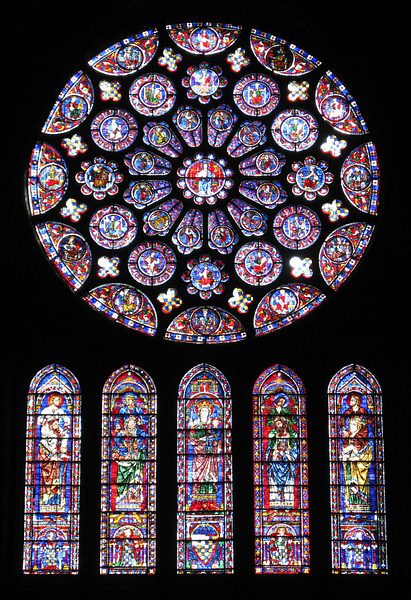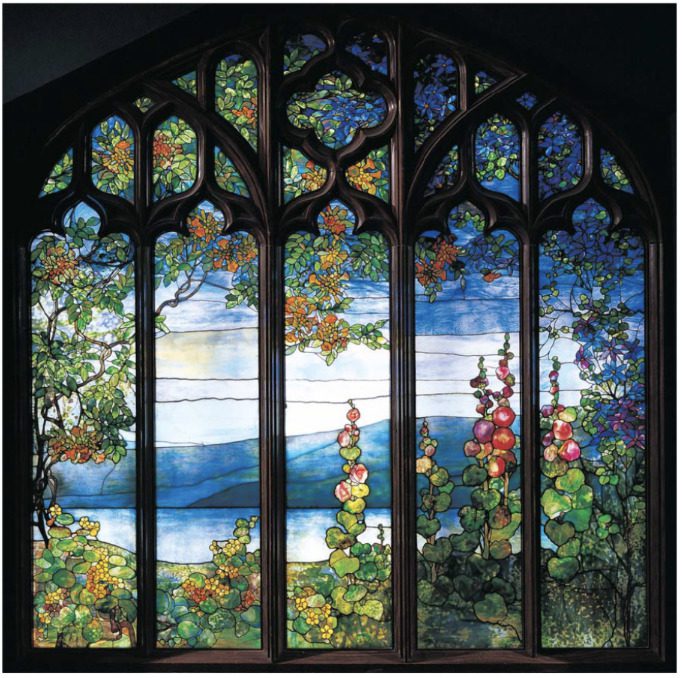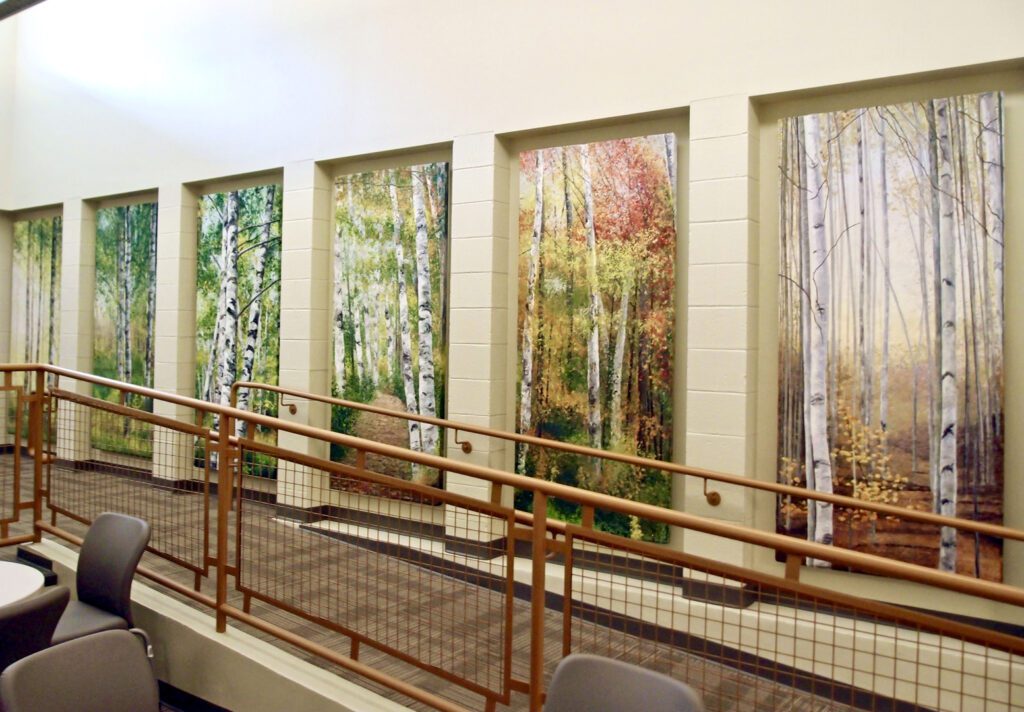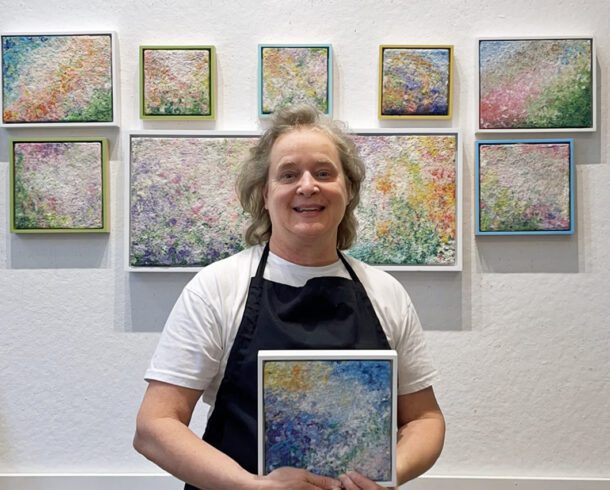Walk into any gothic cathedral and proceed down the central isle. Now, stop at the transept-the place where the isle meets the side isles and forms a cross-and glance right or left. What you will see is a stained glass window soaring above your head, allowing in a kaleidoscope of filtered light that would make the most ardent born again atheist’s knees buckle. This is the perfection of artist and architect working harmoniously to create visual harmony.
The stained glass artists who envisioned the windows were problem finders, that is, they most likely saw the possibility of a glorious window before it was apparent to anyone else. Can you imagine the impact such radiant light had on people who lived in dark hovels their whole lives? The Star Wars Trilogy of the Middle Ages. Mihaly Csikszentmihalyi explains the concept of artists as problem finders in his research of undergraduate art students at the School of Fine Arts in Chicago back in the 1970’s.
Interior architects are just as good at solving problems. An artist might know intuitively how a stained glass window can elicit an emotional reaction from the visitor to the cathedral, and then draw a killer design for the window, but they most likely don’t know how to engineer the window to stay in place or how to scale it to fit with the gestalt of the interior. Collaboration in the gothic era has given us centuries of awe that we can thank our collaborating artists and architects for.
But here’s the rub: this collaboration is not nearly as common as it once was. There are many reasons for this. Artists are not trained to work along side architects as they once were. Both Louis XIV and Adolf Loos had a hand in this divorce. The curriculum for interior architects and art students diverges early on in the academic experience leaving these two disciplines segregated from one another, with the interior architect using all the bells and whistles of the modern age (for better or worse) REVIT, CAD, SKETCH UP, while their studio counterparts stretch canvas and wedge clay like they did in the very old days. The result? Interior architects don’t always consider including art in their designs while artists fail to realize the potential for collaborating with architects on large scale and robust projects. The stained glass window for the modern age don’t materialize as a result.
One somewhat recent exception is the collaboration between Louis Comfort Tiffany and architects such as McKim Meade and White and H.H. Richardson. Tiffany’s glass windows for iconic buildings such as Trinity Church, Boston, provide a blueprint for today’s artists and interior architects to work together to find and solve problems. Read on for my own even more recent example to this exception.
Window in Rochroane, Irvington-on-Hudson,
New York 1905
Metropolitan Museum of Art, New Work.
As an artist and adjunct professor of interior architecture, I have had the pleasure of working with interior architects on large scale art projects-channeling my stained glass forebears in the process. Perhaps my favorite example is the 1% for art I was awarded in 2014 by the state of New Hampshire. The final work, which I titled Transitions, celebrates the New Hampshire state tree, the white birch, as it transitions through the seasons and times of day. As the building is used to proceed licenses-plumbers, teachers, nurses, architects-anyone who needs a license to perform their professional tasks, the state tree transitioning through themes of day and seasons of the year acts as a visual metaphor for the built space in the ration of the stained glass window to the gothic cathedral.
By collaborating with the architects to envision the interior design of the building at the epoch of the design (problem finding), the paintings are central to the interior design of the space and not an afterthought (problem solving). They work harmoniously with the architecture much like the stained glass window of the gothic church.
If you are an architect or interior architect and would like to discuss a problem finding project, contact me and we will collaborate just like in the old days of the gothic cathedral.




